Solving the Chunking Problem You Didn't Know You Had - with POMA AI.
POMA AI is a proprietary software company that develops innovative chunking solutions for Retrieval Augmented Generation (RAG) systems in LLMs, bringing an end to overconsumption and hallucinations.
For anyone paying attention, AI is taking over the world. The technology is fueling some outstanding innovation - AND YET, if you are paying attention, it’s costing a ton to run these LLMs, and the results you get are iffy at times, even resulting in hallucinations - IE, when LLM’s generate incorrect, nonsensical, or fabricated information.
There is one team aiming to fix that… and they are focusing on the chunks.
POMA AI is a proprietary software company that develops innovative chunking solutions for Retrieval Augmented Generation (RAG) systems in large language models, bringing an end to token overconsumption and persistent hallucinations caused by inferior traditional approaches.
The Problem with LLMs & RAG
Large Language Models utilize RAG systems behind the scenes, to vectorize and search data from outside its training model. While this tech was a major leap forward, RAG models were getting chunking all wrong - they used up too many resources, and still were inaccurate.
That’s when POMA had its eureka moment - to use an LLM to regurgitate text itself… and let the LLM read the text with defined structure (learn more).
Similar to a bespoke tailor, POMA takes the time to create a quality product that lasts, by building chunk-sets through combined cheatsheets that preserve the full root-to-leaf hierarchy of each document in a database. This enables LLMs to retrieve information with similar contextual awareness and subtle complexity as the human brain - but at a vastly larger scale.
POMA greatly reduces RAG inference costs, using up to 80% fewer tokens, which also corresponds to a drop in energy usage. They are native GPDR compliant, which is very useful for organizations working in Europe.
In addition to this… POMA can be deployed on-premise, while including an API, and being vendor agnostic.
Want to learn more?
If you want to learn more, reach out to them on their website and on Medium.


